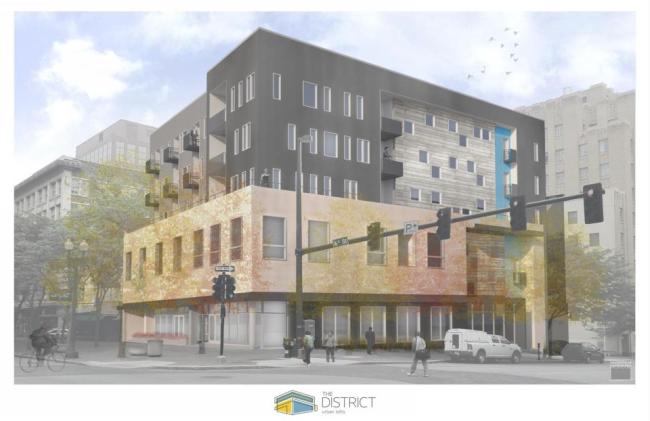There have been many moments in Omaha’s history that have been described as turning points. There was, Thomas Cuming’s decision as territorial Acting Governor of Nebraska to name Omaha the capitol of the territory, rather than Bellevue, Florence, or Nebraska City. There was the ensuing decision by President Abraham Lincoln to have the Union Pacific Railroad cross the Missouri River from its Transfer Depot in Council Bluffs into Omaha, again, as opposed to other communities dotting the Mighty Mo. These decisions, although remedial, were monumental in the creation of the City of Omaha. Jump ahead 150 years, Omaha taxpayers usher in an entirely new era for the tired and underutilized riverfront by the passage of a bond issue to build the arena and convention center now know as the CenturyLink Center Omaha. That decision almost single-handedly was responsible for a ripple effect of $2 billion plus in public and private investment the downtown and riverfront areas, making it the place that Omahans not only work, but live and play. Ten years later, the stage has been set for a project that will take downtown Omaha to the next level. Recently announced by Shamrock Development, the Capitol District, as it is being called, might very well be the next key turning point for downtown Omaha.
Bound by Capitol Street, Interstate 480, 10th Street, and 12th Street, the site of the Capitol District and its success is absolutely pivotal to the success of Downtown Omaha. Currently a series of CenturyLink Center Parking Lots, the site is the main connector between the Old Market/Central Business District and the emerging North Downtown area. Additionally, the site is one of the first thing drivers see (well right now, don’t see), when crossing the Interstate 480 bridge into the city. Lastly, the site serves as a gateway into downtown for all travelers arriving via rental car or cab from nearby Eppley Airfield. Needless to say, the future of this currently underutilized 6 block site is critical.
That’s where the vision of Shamrock Development comes in. The proven downtown development group envisions a mixed use site that includes a 350 room Marriott Hotel, 140,000 Square Feet of Office, 100,000 Square Feet of Retail and Entertainment space, a public square, and over 200 apartment units. To simplify it, the site will include a hotel larger than the new Hyatt Place in the Old Market, about as much office space as the new Gavilon Headquarters, more apartment units than the newly completed Highline Apartments and about 2/3 the retail space of Midtown Crossing. To put it lightly, this project is several projects rolled into one.
With a price tag of over $200 Million, the project is slated to start construction on the new hotel in early 2014. The entire project is expected to be completed by 2017. Only time will tell what ramifications this project will have on its surrounding neighborhood. Currently, many parking lots and underutilized properties surround the development site. Hopefully, in several years, we will look back on the decisions made today by Shamrock and city leaders as a turning point that took Downtown Omaha into the future. Only time will tell, but with the vision, team, and plan in place, this project is destined to become an immense success.






